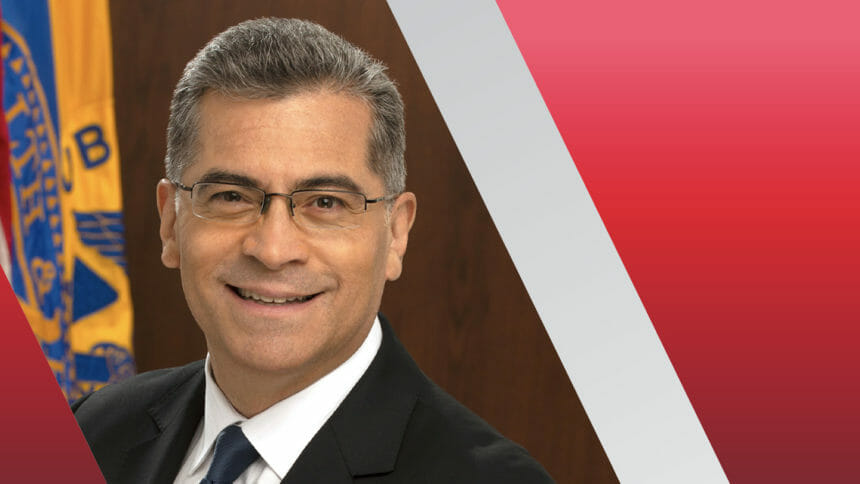The federal government on Tuesday announced $19 million in new funding for nurse training, with a focus on educating workers who are desperately needed in post-acute care.
But it’s a far cry from the level of investment the nation’s nursing homes say leaders need to make to help them recruit the projected hundreds of thousands of quality candidates that will be needed when new minimum staffing requirements go into effect in 2026.
The American Health Care Association has estimated the annual cost of the mandate to be $6.5 million.
Tuesday’s grants from the Health Resources and Services Administration are part of a broader, $100 million in awards intended “to grow, support, and strengthen the health workforce and improve access to quality care in high-need areas across the country,” according to a press release.
The bulk of the spending ($63 million) will go to 32 organizations to train peer support specialists and community health workers who serve children whose parents or guardians are impacted by opioid and other substance use disorders.
The $19 million for nursing education isn’t to train just staff destined for post-acute settings. It will be split among five higher education institutions to increase the nursing workforce practicing in both acute care and long-term care facilities.
A press release issued Tuesday didn’t give details on how much spending would be committed to train for positions most in-demand in nursing homes, including certified nursing aides and registered nurses. The Department of Health and Human Services did not immediately respond to McKnight’s Long-Term Care News’ request for more information.
Two of the grants, however, are going to community colleges, which often house CNA-training programs.
In all, the grants will be split between five schools in California, Georgia, Michigan and Oregon over a five-year period. HHS said it was specifically aiming to increase the nursing workforce in rural and underserved areas.
Linda Couch, senior vice president of policy for LeadingAge, said the organization applauds the effort.
“Developing the aging services workforce is more important than ever: America’s population is aging rapidly and demand for services is continuing to grow,” she said in an email to McKnight’s. “Without staff, there is no care. Our nation and its policies must value and support aging services professionals with a range of immediate actions, including education and training.”
Incentives to come
Skilled nursing providers need to hire an estimated 102,000 additional nurses and nurse aides to comply with a staffing mandate whose hiring provisions kick in May 2026. Some 80% of facilities will have to hire more RNs, who will be required on-site 24 hours a day.
Providers have told McKnight’s that the time to train RNs is already running short, given that even existing licensed practical nurses need at least two years to advance.
Many existing RNs prefer working in acute care and other settings, where different payment systems make it easier to boost salary levels.
The Centers for Medicare & Medicaid Services did not fund its nursing home staffing mandate it finalized in April. It calls for 3.48 of total nursing staff hours per resident day. Instead, the agency has said it will invest $75 million to launch a national nursing home staffing campaign and website.
CMS also said it will be providing “financial incentives for nurses to work in the nursing home environment” but has yet to define those or explain how it might streamline enrollment and job placement, as promised.
CMS said in April that it plans to begin distributing financial incentives in 2025.
HHS Secretary Xavier Becerra said Tuesday that the current grants are an extension of the Health Workforce Initiative announced last year “to make sure our country has enough health workers, and that those health workers are receiving the support they deserve.”
The Nurse Education, Practice, Quality and Retention (NEPQR) – Workforce Expansion Program (WEP) awards are going to Oregon Health & Science University, University of the Pacific (CA), The University of Michigan, the Technical System College of Georgia and Southern Crescent Technical College.




